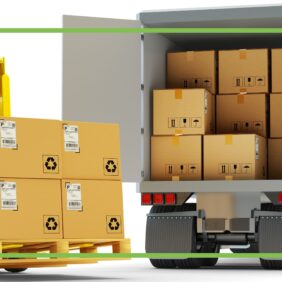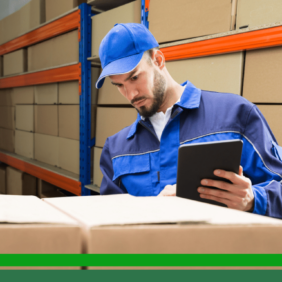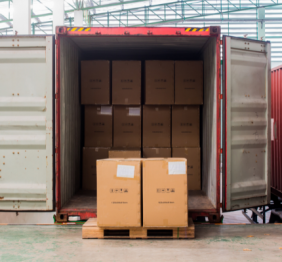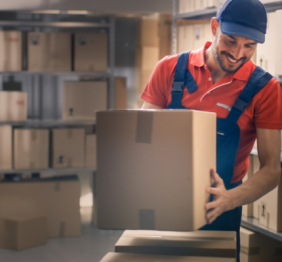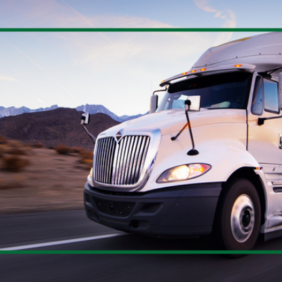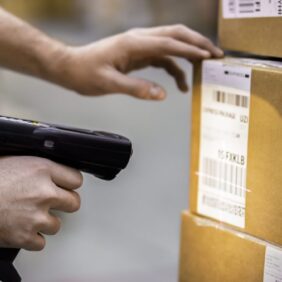The transportation industry must continue evolving to meet the growing demands of consumers, climate change, and new technology. The future of transportation may seem out of reach but it is coming quicker than you think
There are two primary routes you can take when moving freight on the road: less than truckload (LTL) or full truckload (FTL). Both options have a series of pros and cons and the one that you choose depends on your individual business needs
Since LTL freight rates are determined based on freight class, weight, and distance, it is important to plan carefully before shipping freight. Correctly measuring, packing, and stacking freight as well as shipping on low traffic days and staying informed on fees will greatly reduce your transportation costs.
The switch from parcel shipping to LTL can cut back shipping costs and improve security and traceability. LTL shipping also offer more services for improved customer experience compared to FTL shipments.
We’re all familiar with those handy tracking numbers that come with our online orders. Simply enter a code, and you’ll see the whole journey of your package! Right from the moment you “add to cart” and until it reaches your doorstep. But does the same rule apply when you need to track a bigger delivery? Less than truckload (LTL) deliveries are more complicated than your average parcel shipping service.
As a business owner, it’s understandable if you’re always looking for the most affordable and efficient way to move your inventory. Freight consolidation is one way to save on freight costs and include a ton of other advantages for your shipments such as better security, consistent shipping schedules, and better overall business performance.
As a business owner, you will need to look for a secure and economical way to send your products to your customers. Most e-commerce business owners are familiar with the sky-high fees of small parcel carriers like FedEx, DHL, and UPS. Don’t even get us started on sending oversized or bulky parcels! Small businesses can opt for parcel shipping or less-than-truckload (LTL) freight. To figure out which method is best for your business, there are many factors to consider.
s a business owner, you will need to look for a secure and economical way to send your products to your customers. Most e-commerce business owners are familiar with the sky-high fees of small parcel carriers like FedEx, DHL, and UPS. Don’t even get us started on sending oversized or bulky parcels! Small businesses can opt for parcel shipping or less-than-truckload (LTL) freight. To figure out which method is best for your business, there are many factors to consider.
Freight shipping is the process of transporting goods, commodities, and cargo by land, sea, or air. The most common freight shipping modes are: full truckload (FTL), less than truckload (LTL), international marine shipping, and air freight. Let’s begin!
When executed correctly, LTL freight shipping can be a cost-effective shipping option. However, shippers, especially new shippers in the industry, deal with a significant amount of discrepancy between estimated costs and actual costs. Sometimes, the extra costs can be frustratingly high and create a misunderstanding between shippers and carriers. The cause is due to the hidden costs of LTL shipping. Nobody is ‘hiding’ costs from you, intentionally. All the extra fees that shippers pay are generally due to m

